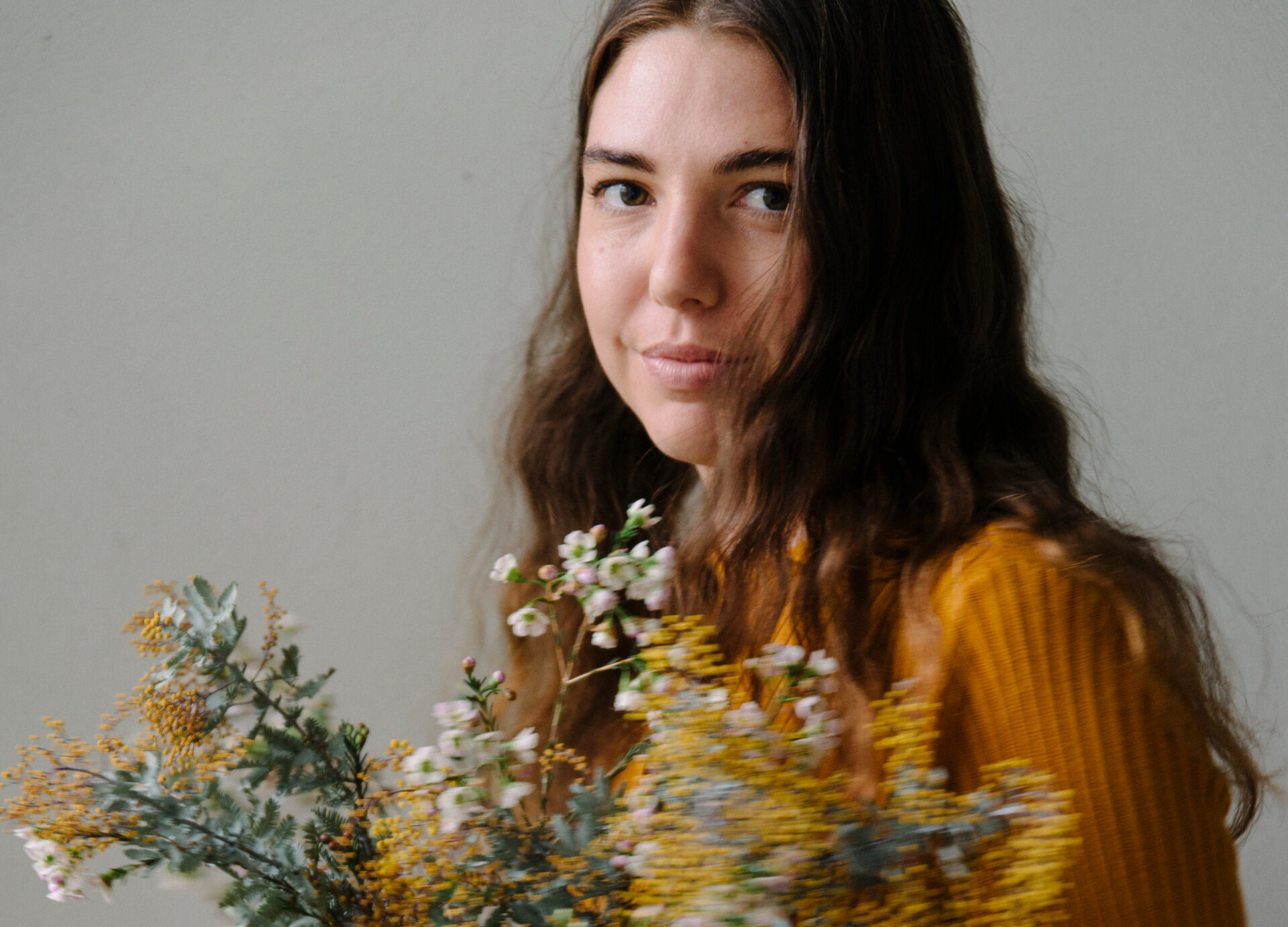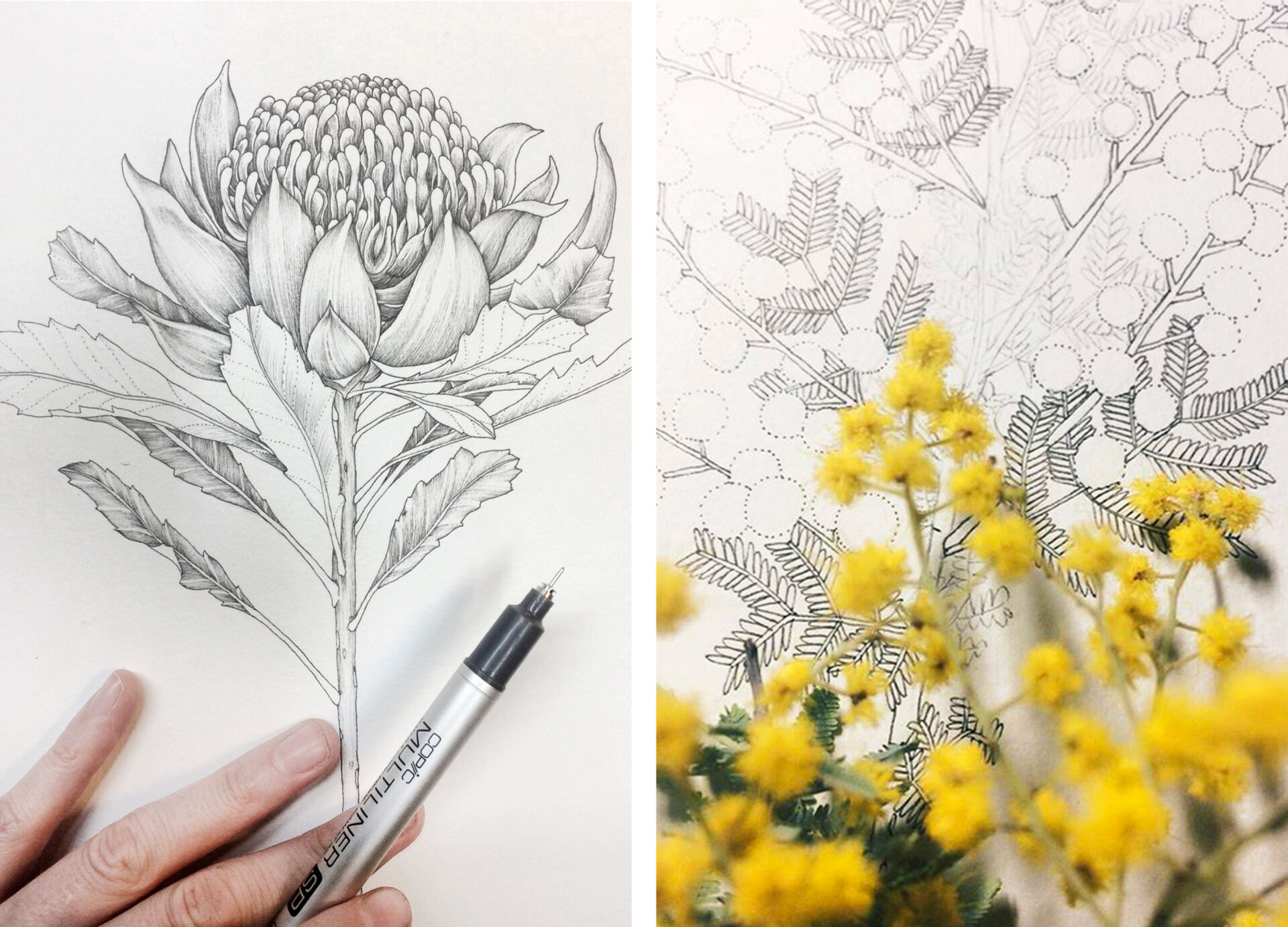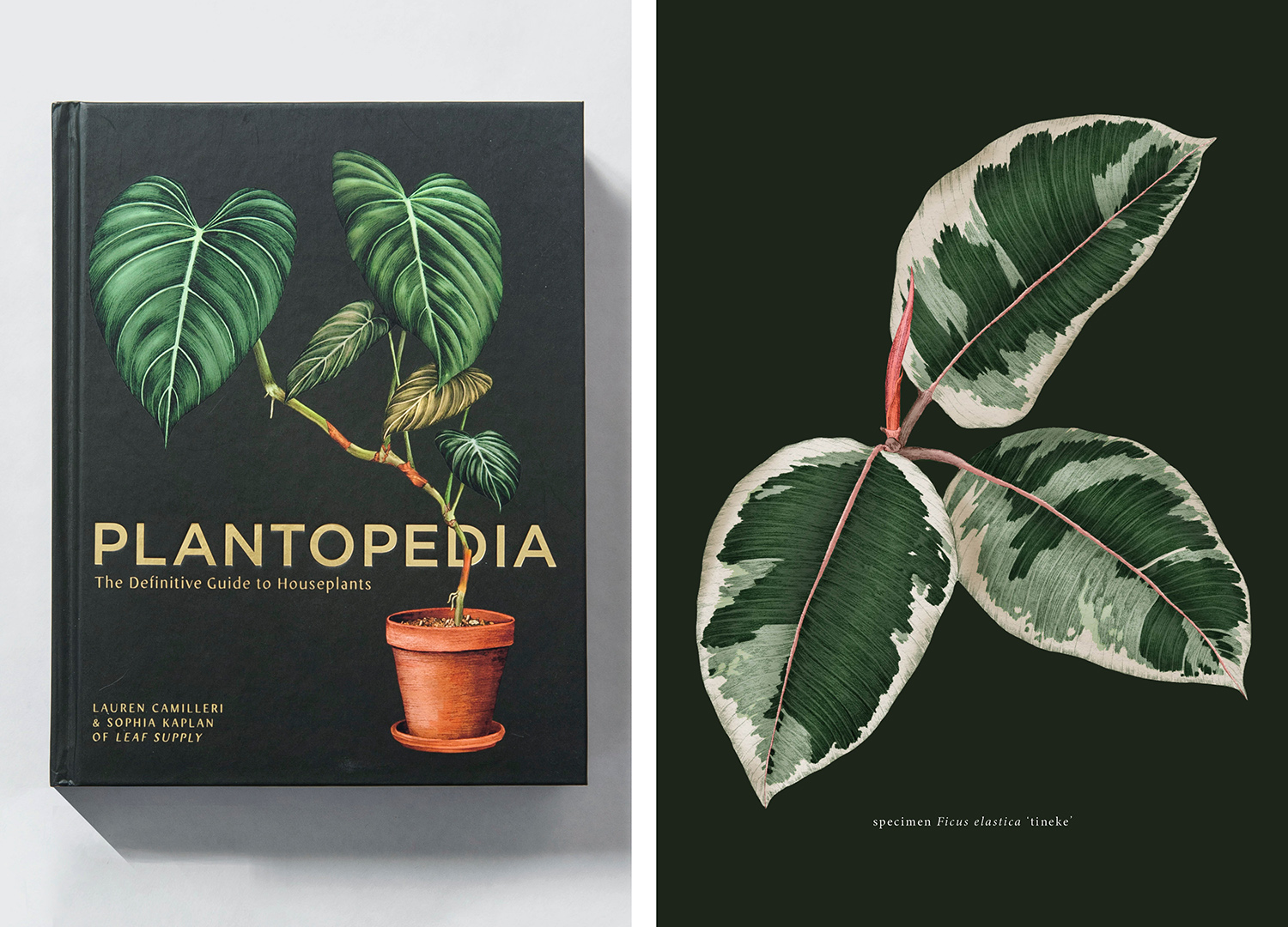
Art with Heart: Edith Rewa Barrett Is the Artist Behind Your Favourite Book Covers
above EDITH REWA BARRETT BY NAT MCCOMAS
A powerful force for change, art can make a deep and moving impact on our hearts and minds. With so many talented creatives in Australia moving and shaking to make the world a better place – and because Earth without art is just ‘eh’ – we’ve introduced a digital series called Art with Heart to showcase the superstars in our local art scenes.
If you’re searching for Edith Rewa Barrett, look outside. The artist and illustrator can often be found in local bushland – currently, it’s Toohey Forest in her home of Brisbane – observing, foraging, sketching and then returning to her studio to digitise her work. The resulting patterns and illustrations have the intricacy of scientific diagrams but also bloom with life and colour; a true celebration of the unique beauty of Australia’s natural flora.
While she’s perhaps best known for her silk scarves and giclee art prints, Edith’s work can also be seen across some of the most beloved and lauded fiction and non-fiction books from the past few years, including The Lost Flowers of Alice Heart by Holly Ringland, The Art of Taxidermy by Sharon Kernot and Plantopedia: The Definitive Guide to House Plants by Lauren Camilleri and Sophia Kaplan. While we never judge a book by its cover, we definitely wanted to know more, so caught up with Edith to find out how she takes an illustration from the bushland to a book.
top PROGRESS ILLUSTRATIONS BY EDITH REWA BARRETT FOR THE LOST FLOWERS OF ALICE HART BY HOLLY RINGLAND
How did you come to be an illustrator for book covers (among many other things!)?
My first freelance job after leaving my textile design studio job was illustrating a book on American medicinal plants! It was a natural progression for me once I started freelance illustration work. At the time I was craving a shift from designing textiles and fashion and more towards illustrating native plants. I have always loved reading – especially books with beautifully designed covers.
It’s an honour to be a part of a writer’s creative process.
Tell us about your creative process when you’re given a new cover project…
It is a pretty collaborative process which I love! It combines the vision of the author and the visual ideas the publishers’ design team have. Depending on the publisher, I work quite closely with the book designer, receiving a brief from them and then letting the project evolve. I will send through a series of pencil roughs, more finished pen elements and then coloured versions, checking in for feedback along the way so we all stay on the same page. I will illustrate mostly plants or other nature-based elements and perhaps do a bit of pattern work too and then the book designer will tie it all in, creating the text and the final book layout design.
As I work solo in my studio, it’s a really nice opportunity to work with a design team and be in a place of learning and collaboration. I also love the opportunity to bring a story and words to life through illustration, it’s an honour to be a part of a writer’s creative process like that.
Where do you find inspiration and what motivates you to create?
Almost all of my inspiration and motivation comes from being in and observing nature and wanting to share the joy and beauty of those experiences with others. I am endlessly in awe of natural patterns, colours and textural combinations found in the bush! My work is grounded in protecting and sharing the diversity of Australia’s natural environments. I like looking for new ways to entwine the world of traditional botany with the contemporary art and design space, while exhibiting native plantscapes that are under-represented. For the last few years, while I have been living in Meanjin, I have had a particular enthusiasm for creating in the coastal wallum heathlands of South East Queensland.
My work is grounded in protecting and sharing the diversity of Australia’s natural environments.
Is there something you can’t live without in your studio?
A window! Natural light and a view for my mind to wonder, imagine and float away. A window with a tree outside and an outlook on nature is even better. My current studio has a big palm outside one window and a melaleuca outside the other. I share mornings and dusk with birds playing in the branches and depending on the time of month I can paint with a candle and a view of the moon too!
left THE LOST FLOWERS OF ALICE HART BY HOLLY RINGLAND, PUBLISHED BY HARPER COLLINS AUSTRALIA right THE ART OF TAXIDERMY BY SHARON KERNOT. COVER, BACK AND INTERIOR ARTWORK by EDITH REWA BARRETT WITH CREATIVE DIRECTION FROM TEXT PUBLISHING.
READ MORE – Art with Heart: Finding Beauty in the Everyday with Kate Quinn
Why do you think art is important to society and what could society do to better support artists?
Big question! I could write an essay! But in short, art is magic. Art allows self-expression for experiences that we may be unable to access or communicate through words. It is a powerful way to create whatever reality you want and can nurture imagination and play in an adult world that sometimes feels like it doesn’t have a lot of space for that! I feel really strongly about the use of art in healing journeys; art is a tool to access your subconscious and talk to different parts of yourself and a portal for connections and engagement with the community and wider world. Art is such an important language to make sense of tender, complicated and joyous moments, to help us find meaning and understanding in the rollercoaster of life!
Art is such an important language to make sense of tender, complicated and joyous moments, to help us find meaning and understanding in the rollercoaster of life!
What could society do to better support artists?
More funding, more grants, more opportunities and more accessible spaces! And in general, more value placed on it as a career and a valid area in our communities and lives.
above PLANTOPEDIA BY LAUREN CAMILLERI AND SOPHIA KAPLAN, COVER AND ILLUSTRATIONS BY EDITH REWA
What are you working on currently that excites you?
I have been spending a lot of time researching and becoming more familiar with the native plants growing at Toohey Forest (my local place for an inner-city bush stroll) for a special project. I have really enjoyed becoming more intimate with the forest and having dedicated time to illustrate some of the plant life there!
Who are your biggest artistic influences?
Pattern makers: Emily Kame Kngwarreye, Tejubehan, Jenny Kee, Linda Jackson and William Morris. Female conservation and environmentalist artists: Kathleen McArthur, Marianne North and Margaret Flockton.
above THE SEVEN SKINS OF ESTHER WILDING BY HOLLY RINGLAND, PUBLISHED BY HARPER COLLINS AUSTRALIA
What’s your favourite work of art (not your own)?
Such a hard question! I think at the moment it would be Cressida Campbell’s 2013 Flannel Flowers woodblock and one of my grandpa’s oil paintings of a bushy estuary on the southern New South Wales coast where we spent a lot of time growing up and is very close to my heart.
What would be your ultimate dream project (book cover or otherwise!)?
Right now I have been dreaming of creating a friendly illustrated and accessible book/guide on the flora of Toohey Forest and other Brisbane bushland reserves. If anyone reads this who might know how to make that happen, give me a shout!







